Sukiyaki Recipe - Japanese Stew for Social Evenings
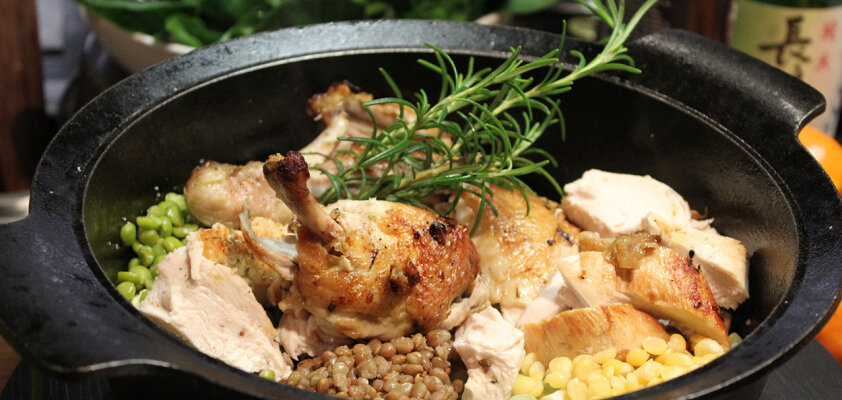
Are you familiar with this popular Japanese specialty? Sukiyaki belongs to the hot pot dishes (Nabemono) and is enjoyed in Japan in a manner similar to the well-known fondue in our culture. It is a staple on the New Year's festive table – making the transition to the cold season the perfect opportunity to try the recipe for this warming Japanese hot pot.
Recipe for Original Sukiyaki
 4 personsNo. of persons
4 personsNo. of persons
 ca. 45 minutesTotal Time
ca. 45 minutesTotal Time
 easyLevel of difficulty
easyLevel of difficulty
 main mealDish
main mealDish
 ca. 600kcal per portionCalories
ca. 600kcal per portionCalories
 Meat
Meat
 Eggs
Eggs
 Alcohol
Alcohol
 Kitchenware
Kitchenware
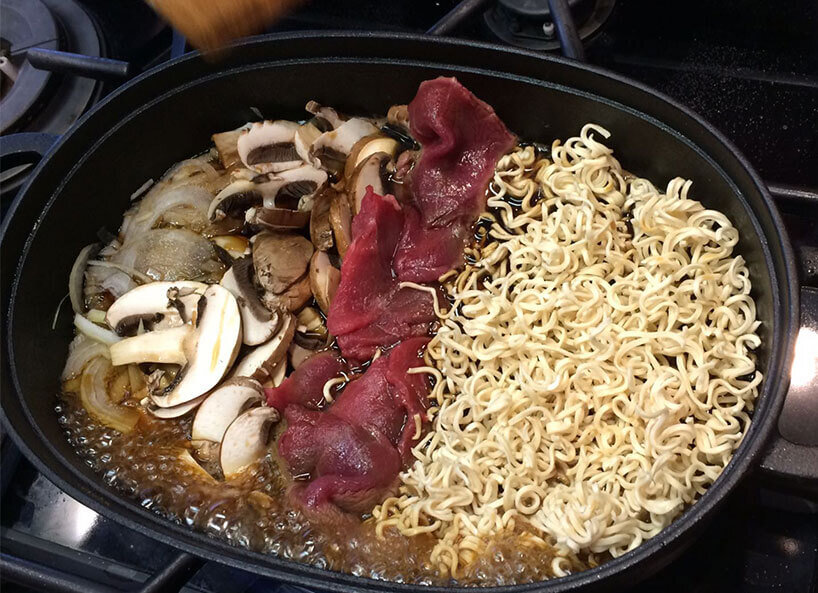
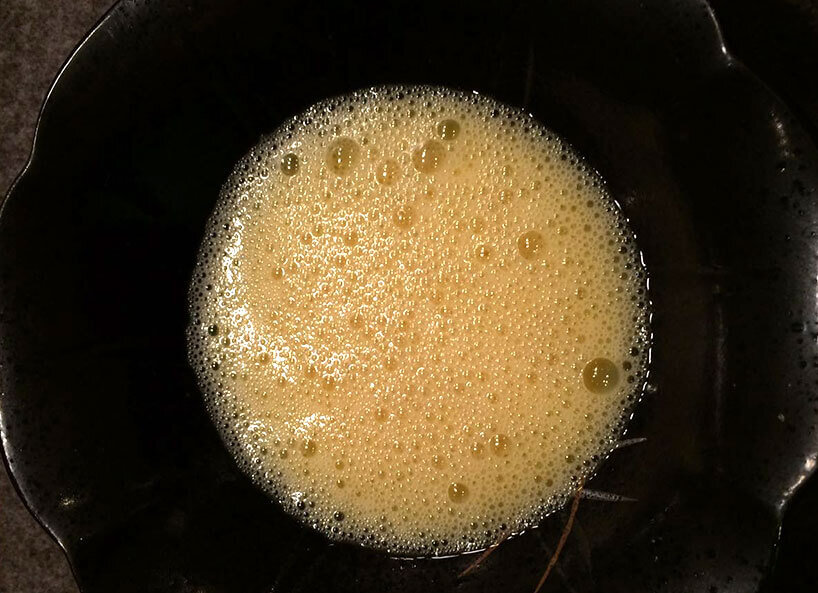
|
500g
thinly sliced fillet of beef (as tender and moderately marbled as possible)
|
|
12
shiitake mushrooms (fresh or dried)
|
|
250 g
Shirataki noodles (or glass noodles)
|
|
250g
white tofu
|
|
2
spring onions
|
|
150g
shungiku leaves (or Chinese cabbage)
|
|
4
large eggs
|

|
180ml
soy sauce
|
|
50ml
sake
|
|
60ml
mirin
|
|
120ml
cold water
|
|
3 tbsp
sugar (as required)
|
Repeat the process until all the ingredients are used. If there is any Sukiyaki sauce left, it pairs well with cooked rice. Enjoy this Sukiyaki recipe and bon appétit!
Which meat for sukiyaki?
The official origin of Sukiyaki is not too distant. Before the Meiji Restoration in the 19th century, it was strictly forbidden in Japan to eat the meat of many animals, including cattle. This was due to the fact that cattle were indispensable as draft animals in the fields, and influenced by Buddhist beliefs from China. Often, the prohibition was circumvented by including wild animals, poultry, and fish in the diet, which were cooked over an open fire along with various ingredients like vegetables, mushrooms, and noodles. It was only in the globalized Japan of the Meiji era that people gradually began to cook stews with beef in this way. Sukiyaki with beef as the base thus evolved into the Japanese national dish in the 19th century and is now known worldwide.
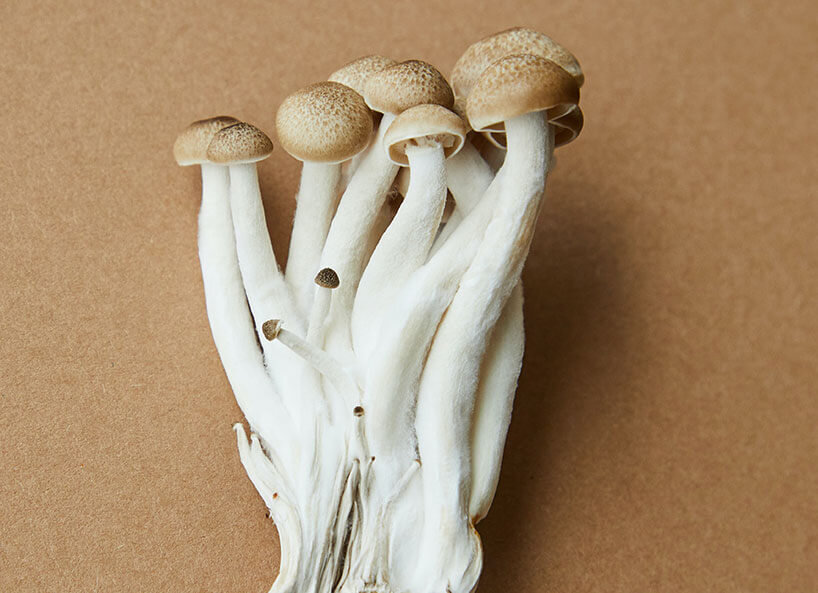
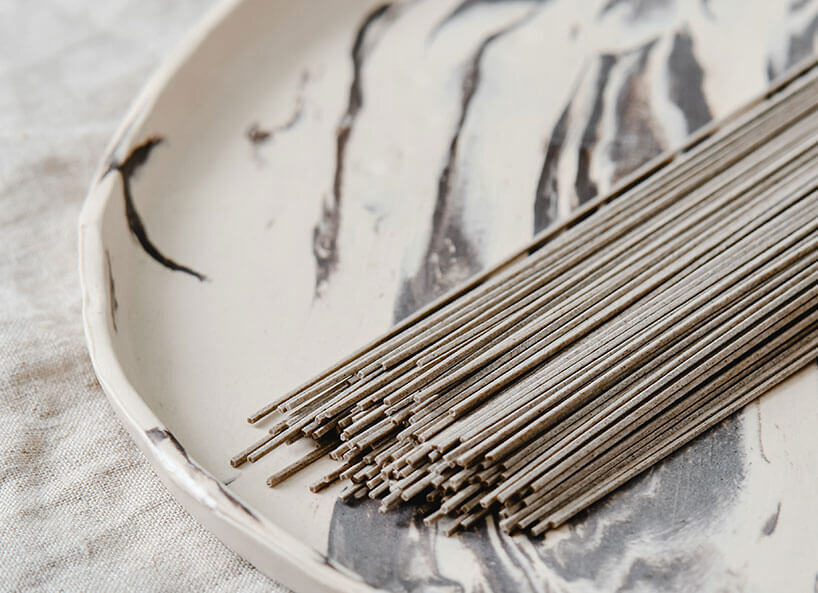
Ingredients for the national dish: shimeji mushrooms and soba noodles
What does Sukiyaki mean?
The name already reveals a lot about the preparation: Sukimi roughly translates to "thinly sliced meat," and yaki means "grill or cook." The first part of the name may also be derived from Suki – "plow" or "spade," in reference to the flat plowshare that farmers used as cooking utensils in the past. Around 1900, it was replaced by the Sukiyaki pan – known as Sukiyaki-nabe in Japanese. The sturdy cast-iron pan with a slightly raised edge is specially designed for economical and flavorful cooking.
A dish that connects
Today, Sukiyaki is a cherished dish in Japanese cuisine, especially during festive occasions. It features high-quality, expensive ingredients such as the renowned Wagyu beef. Similar to fondue in Western cuisine, it is the perfect dish for the autumn and winter seasons, particularly during the New Year's celebration – the Japanese Bonenkai. It is prepared at the table by slowly cooking various ingredients spread on the table in the sauce in the Sukiyaki pan, placed on a hot plate on the table. Using chopsticks, diners then pick up their ingredients directly from the pan. A perfect opportunity for an evening in the company of friends or family.
As authentic Japanese hot pot requires a bit more investment, you may not find it in every restaurant. However, this is no reason to miss out on the Japanese national dish – it can be easily prepared in your own kitchen at home.
Colorful variety in the sukiyaki pan
The ingredients for Sukiyaki are quite diverse. In the original Sukiyaki, essential components include thin strips of beef, noodles called Shirataki made from the root of the devil's tongue plant, Negi-green onions, and tofu. While beef is the primary ingredient, Sukiyaki can also be prepared with chicken, fish, or tofu alone. Enoki and Shimeji mushrooms, Napa cabbage, spinach, and the edible chrysanthemum called Shungiku are just a few ingredients that can complement a Japanese hot pot. There are no limits to creativity, and each cook has their own secret for the perfect Sukiyaki.
What is sukiyaki sauce?
The Sukiyaki Sauce, Warishita, is an essential component that imparts a unique flavor to the ingredients cooked in it. It consists of soy sauce, sake, sugar, and Mirin – sweet rice wine. Optionally, you can also add Dashi (fish broth) or dried seaweed. As a side dish for Sukiyaki, rice or Ojiya, a comforting rice soup with soy sauce or miso, is served.
Like with almost every Japanese dish, there are different preparation methods depending on the region. In Eastern Japan, Sukiyaki in the Kanto style is prepared, while in the West, the preference is for the Kansai style. There can be debates about which ingredients should go into Sukiyaki and how the best hot pot is made. In the Kanto version, meat and vegetables are cooked directly in the Sukiyaki sauce, whereas in the Kansai variant, the beef is first separately sautéed in the greased pan. The sauce, often consisting only of soy sauce and sugar, is then mixed at the table and added to the Sukiyaki pan along with the other ingredients. However, all regions have one thing in common: Just before eating, you add raw egg, either by dipping the ingredients in it or cracking it directly into your own bowl.
In the Sukiyaki pan, you can also prepare other Japanese hot pot dishes such as Sakeni-nabe, pork in sake, or Shabu-shabu, another very popular, less sweet variation of Sukiyaki, where meat and vegetables are cooked in broth and dipped in sauce.
Sukiyaki as a music hit?
Sukiyaki became so well-known abroad early on that even a Japanese song from the 60s was named after the hot pot. Originally titled Ue o muite arukoo – "I look up as I walk," it was sung by Kyu Sakamoto. The song about disappointment or, depending on interpretation, unhappy love has nothing to do with Sukiyaki but was named so that listeners who don't understand Japanese could remember the name better. With success: It became a hit in the UK and the USA, and many other artists later interpreted their own versions of the song.
You can listen to the original "Sukiyaki Song" in the video here:

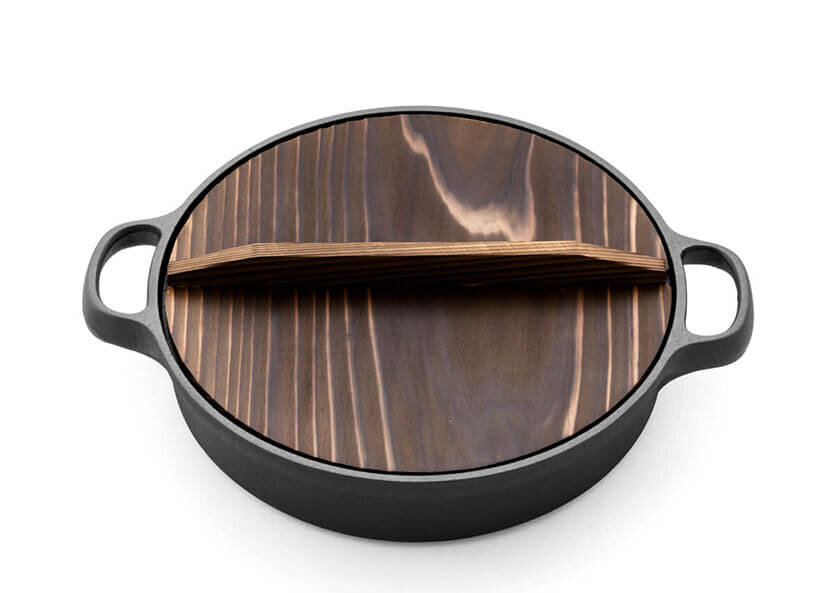
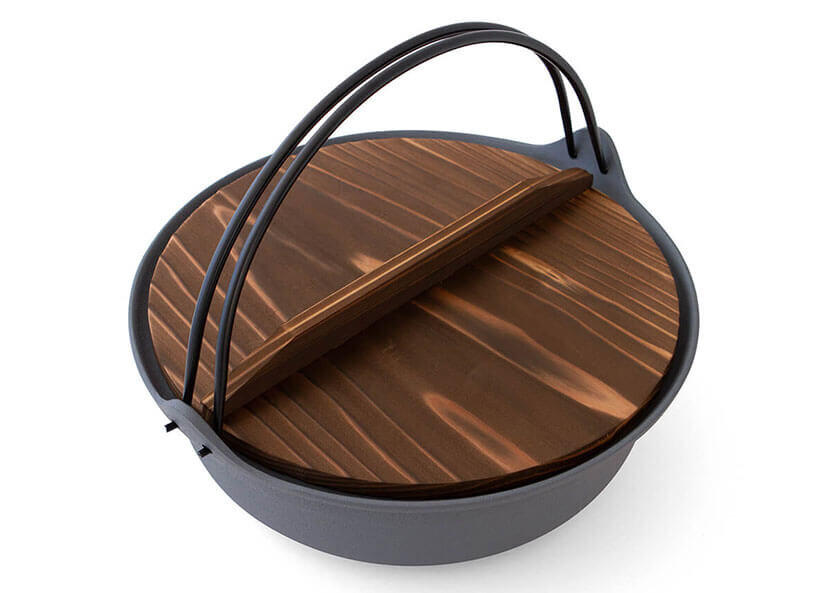
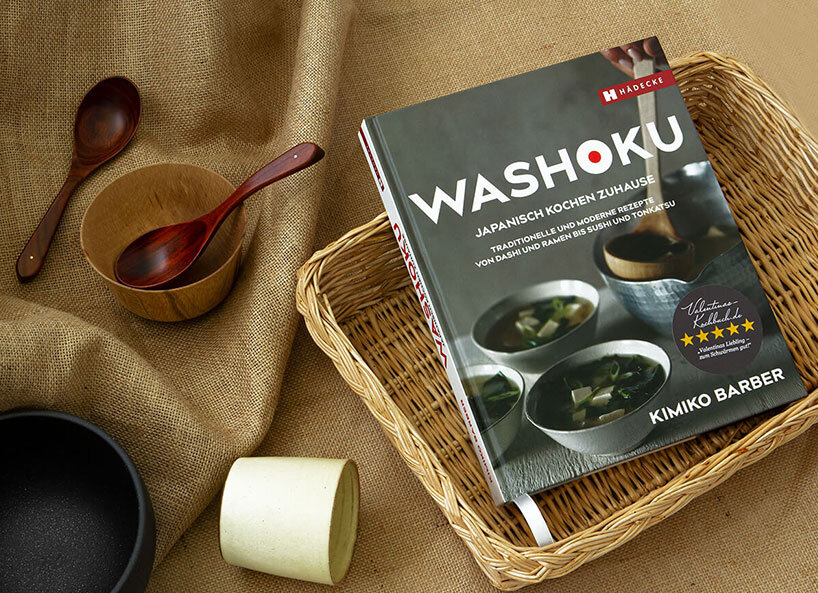
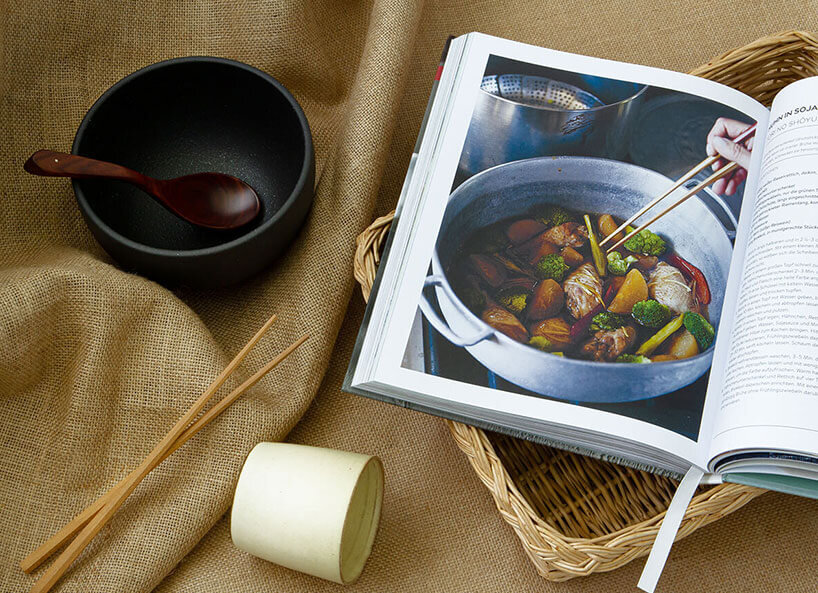










-from-the-yakiyaki-grill-pan.jpg)




